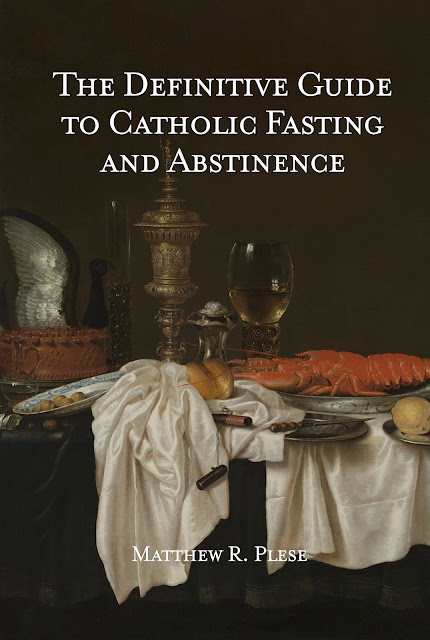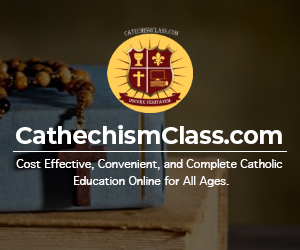Blessings Before and After Meals (in Latin Benedictio Mensae) are basic Catholic prayers that all Catholics should know. The standard short-form prayers are as follows. The longer form is used in many monasteries, convents, and seminaries still.
Blessing Before Meals Short Form Prayer
Bless us, O Lord, and these Thy gifts which we are about to receive from Thy bounty, through Christ our Lord. Amen.
Benedic, Domine, nos et haec tua dona quae de tua largitate sumus sumpturi. Per Christum Dominum nostrum. Amen.
Blessing After Meals Short Form Prayer
We give Thee thanks, almighty God, for all Thy benefits, who livest and reignest forever and ever. Amen. And may the souls of the Faithful departed, through the mercy of God, rest in peace. Amen.
Agimus tibi gratias, omnipotens Deus, pro universis beneficiis tuis, qui vivis et regnas in saecula saeculorum. Amen. Fidelium animae, per misericordiam Dei, requiescant in pace. Amen.
However, there are some seasonal variations for the Liturgical Year that have fallen out of standard usage but are still part of Catholic Tradition. Fr. John Hardon's website mentions them. These verses and responses are said before the main prayer mentioned above.
Blessing of Meals from Christmas until the Vigil of the Epiphany:
Before:
The Word was made flesh, Alleluia
And dwelt among us, Alleluia
Verbum caro factum est, Alleluia
Et habitavit in nobis, Alleluia
After:
The Lord has made known, Alleluia
His salvation, Alleluia
Notum fecit Dominus, Alleluia
Salutare suum, Alleluia
Blessing of Meals for the Octave of the Epiphany:
Before:
The kings of Tharsis and the islands shall offer presents, Alleluia
The kings of the Arabians and of Saba shall bring gifts, Alleluia
Reges Tharsis et insulae munera offerent, Alleluia
Reges Arabum et Saba dona adducent, Alleluia
After:
They shall all come from Saba, Alleluia
Bringing gold and frankincense, Alleluia
Omnes de Saba venient, Alleluia
Aurum et thus deferentes, Alleluia
Blessing of Meals for Holy Thursday:
Christ was made obedient for us unto death.
Christus factus est pro nobis oboediens usque ad mortem.
Blessing of Meals for Good Friday:
Christ was made obedient for us unto death, even the death of the Cross
Christus factus est pro nobis oboediens usque ad mortem, mortem autem crucis.
Blessing of Meals (Before and After) During the Octave of Easter:
This is the day the Lord has made, Alleluia
Let us rejoice and be glad in it, Alleluia
Haec dies quam fecit Dominus, Alleluia
Exsultemus et laetemur in ea, Alleluia
Blessing of Meals During the Octave of the Ascension:
Before:
God is ascended with rejoicing, Alleluia
And the Lord with the sound of the trumpet, Alleluia
Ascendit Deus in jubilatione, Alleluia
Et Dominus in voce tubae, Alleluia
After:
Christ ascending on high, Alleluia
Has led captivity captive, Alleluia
Ascendens Christus in altum, Alleluia
Captivam duxit captivitatem, Alleluia
Blessing of Meals During the Octave of Pentecost:
Before:
The Spirit of the Lord has filled the whole earth, Alleluia
And that, which containeth all things, hath knowledge of the meaning of the voice, Alleuia
Spiritus Domini replevit orbem terrarum, Alleluia
Et hoc quod continet omnia, scientiam habet vocis, alleluia
After:
They were all filled with the Holy Spirit, Alleluia.
And began to speak, Alleluia.
Repleti sunt omnes Spiritu Sancto, Alleluia
Et coeperunt loqui, Alleluia

















































